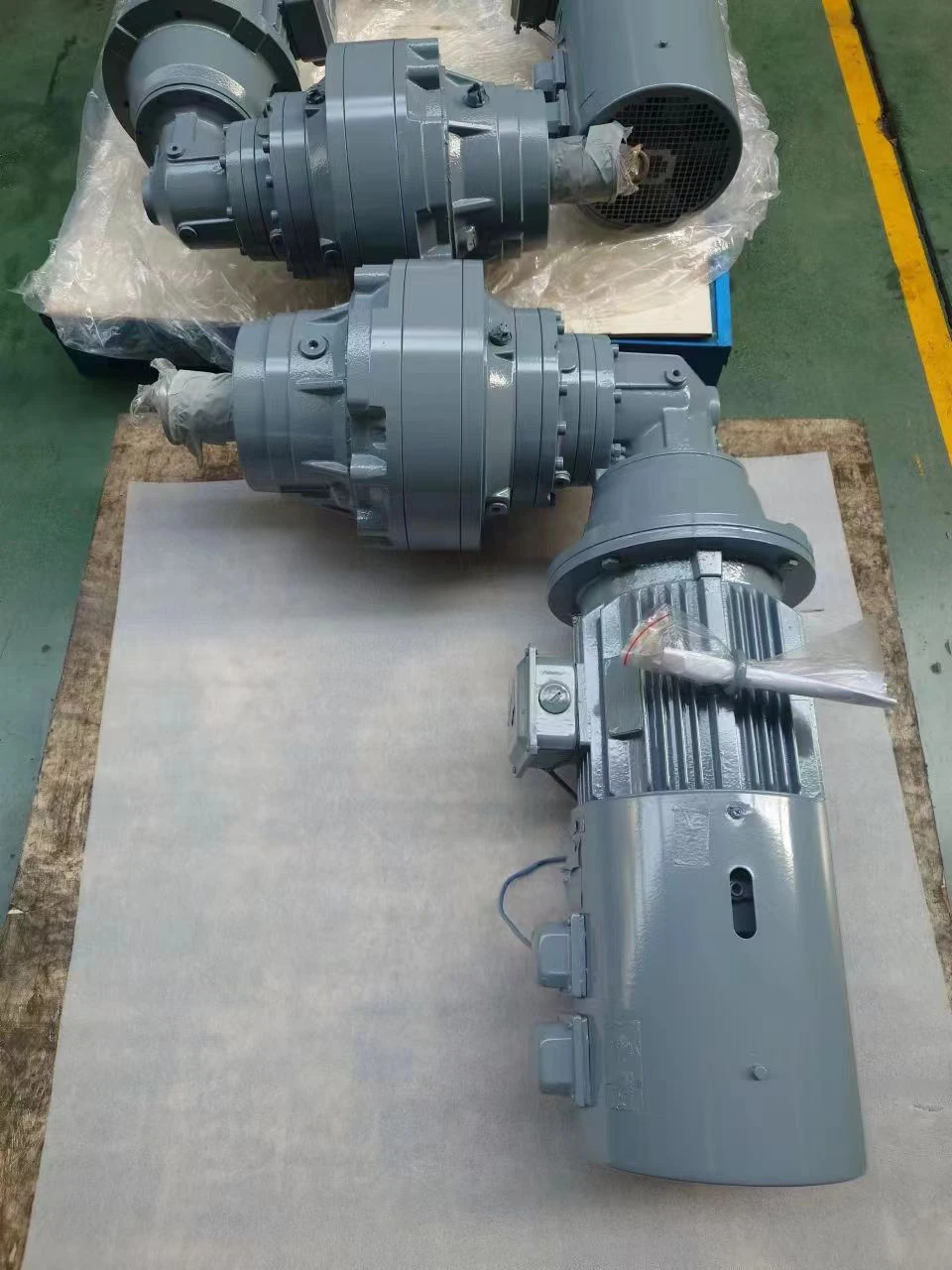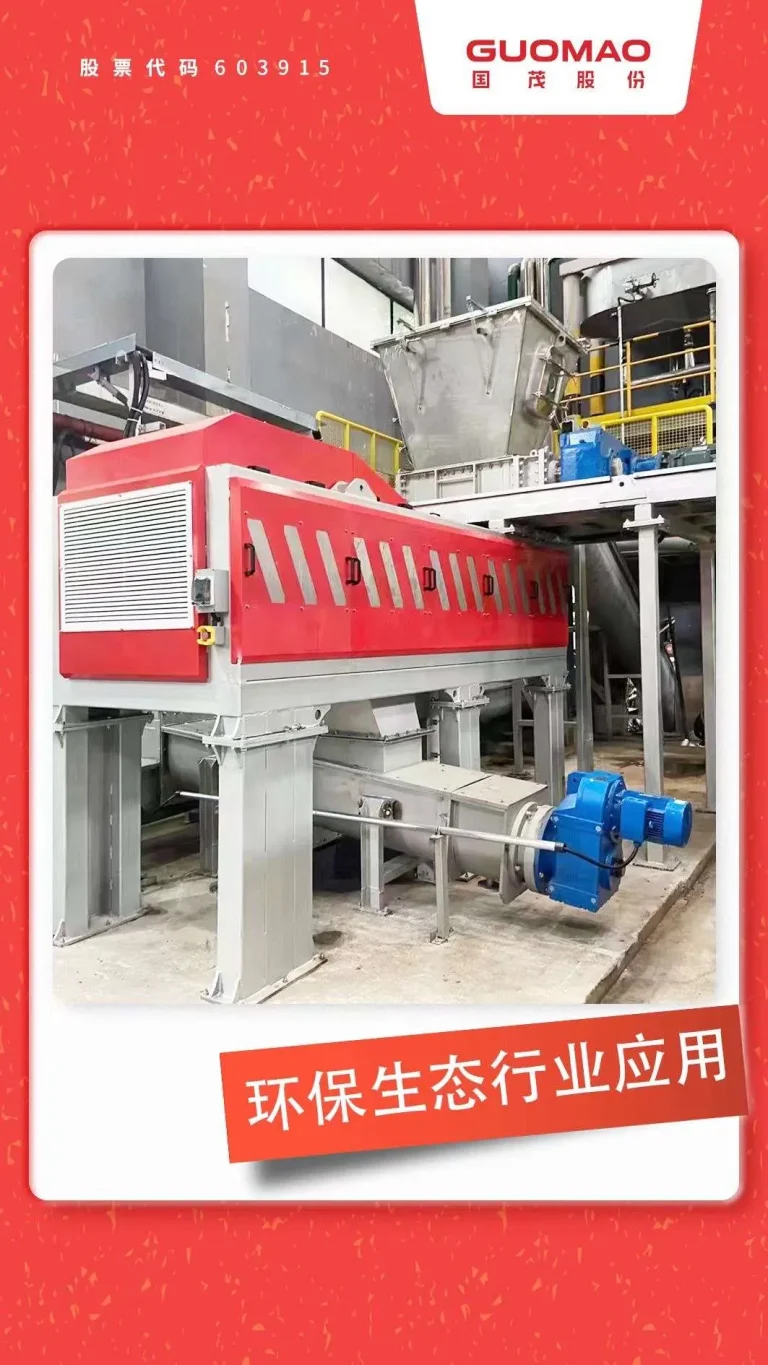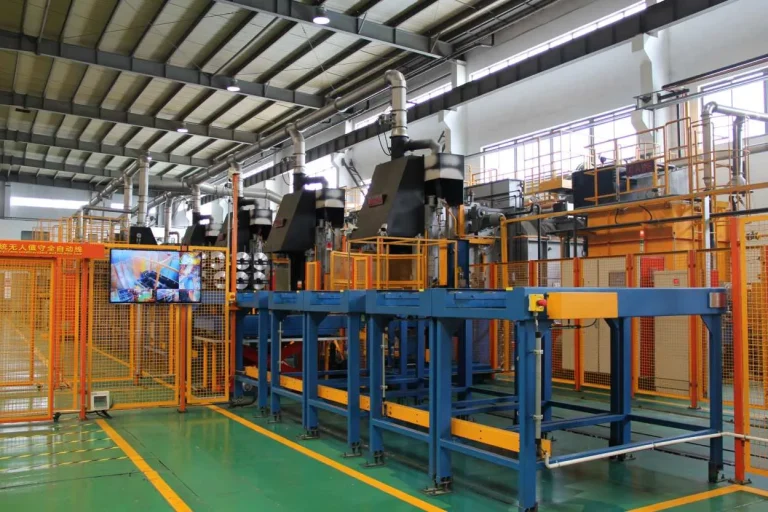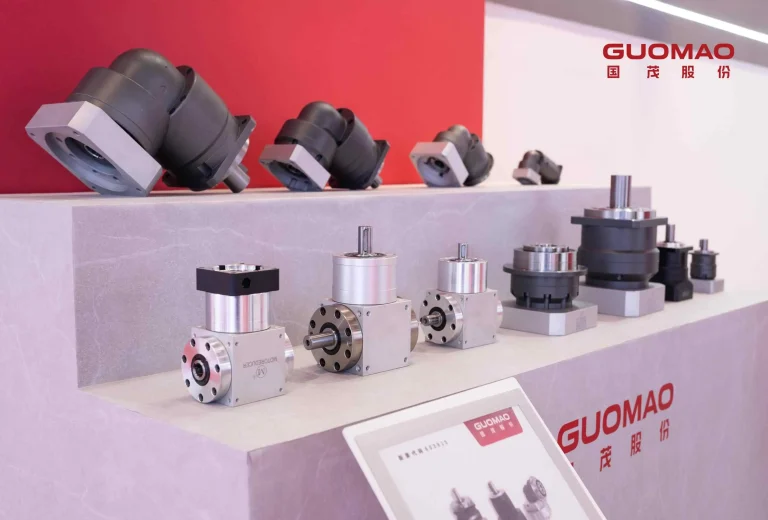Coaxial Helical Gearbox Basics and Working Principles in Conveyor Systems
Understanding the Coaxial Helical Gear Reducer Mechanism
A coaxial helical gearbox is a power transfer tool made to give even, strong torque output for conveyor and lifting machines. Its main trait is the straight shaft setup.Input and output shafts line up on the same axis. This lowers power waste and shaking. Such a small build works well for transport setups in fields like mining, building, metal work, and shipping.
The helical gear teeth connect step by step. This leads to calm running and firm torque shift. When set against spur or worm gears, the helical build lessens rubbing and damage. It stretches working time and require little maintain requirement. This stands out in round-the-clock conveyor tasks.
Core Design Features for Industrial Conveying Equipment
Current coaxial helical gearboxes use high grade alloy-steel gears with exact shaping for little play and strong tooth contact. Main traits cover:
| Feature | Function in Conveyor Applications |
| Helical Gear Geometry | Provides high torque with smooth motion |
| Hardened Alloy Steel | Withstands continuous heavy loads |
| Compact Housing | Saves installation space in conveyor frames |
| Lubrication System | Maintains a consistent oil film for reliability |
| Modular Mounting Options | Adapts to foot, flange, or shaft configurations |
Based on ISO 6336 gear plan rules, well-made helical gear pairs can reach transfer rates over 95%. This ensures little energy drop in steady-use conveyor setups.

Automation and Energy Efficiency Trends in Conveyor Drive Systems
Automation changes how conveyor setups run. A coaxial helical gearbox plays a big part in auto material-handling tools. It ensures high torque send and match between motors and controls.
Integration of Coaxial Helical Gearboxes in Equipment Automation
In auto transport lines, gearboxes often pair with electric motors and speed-change drives (VFDs). They keep exact pace control and even load spread. Coaxial helical gearboxes are renowned for their straight build and low sound. They blend well with the sense-based watch and auto torque rule.
Energy-Saving Design and Maintenance Optimization
Energy saving is a priority for factories. Fine coaxial helical gearboxes transmission rates above 94–96%. Worm gear kinds sit around 85%. In long conveyor lines running all day, this boost can cut power use a lot.
Steady oil checks and heat watch help keep rates up. They also length service life. Guomao gearboxes are built with fine bearing sets and ground gears. These cutting machines lose even in ongoing work.
Key Applications of Coaxial Helical Gearboxes in Conveying and Hoisting Machinery
A coaxial helical gearbox fits many transport and lift machines used in metal work, mining, building, shipping, and green engineering. Its range allows it deal with both light and heavy move setups.
Belt and Chain Conveying Machinery in Mining and Construction
In belt and chain transporters, firm torque and low shake matter for steady flow. Coaxial gearboxes send the torque required for long runs. At the same time, closed cases guard the inside parts from dust and moisture.
Usual pluses include:
- Continuous-duty torque stability
- Resistance to abrasive or humid conditions
- Easy integration with electric-motor drives
Screw and Bucket Conveyors in Metallurgy and Energy Industries
Screw and bucket transporters need strong-torque, slow-pace drives to shift bulk stuff like coal, sand blocks, or waste. The coaxial gearbox’s small layout allows good torque shift and a firm axis load handle. Guomao’s GR Series Helical Geared Motor gives output torques up to 50 kN·m. It backs ongoing lift and feed steps in tough plant spots.
Environmental and Water Treatment Conveyor Systems
In green guard and water-clean setups, coaxial helical gearboxes drive sludge movers, scrapers, and mixers. Their rust-proof cases and low sound meet the lasting needs of current clean plants.
How to Select the Right Coaxial Helical Gear Reducer for Industrial Conveyors
Picking a fit gearbox is key for consistent output. clients should think about running states, load requirements, and set layouts before buying.
Key Selection Parameters for Material Conveying Systems
Vital factors cover:
- Power Rating (kW): Match gearbox capacity to motor output.
- Speed Ratio: Determine conveyor velocity and torque.
- Service Factor: Adjust for duty hours and load variability.
- Mounting Type: Choose foot, flange, or shaft-mounted designs.
- Operating Environment: Evaluate temperature, dust, and humidity exposure.
Right-sizing leads to an even run and a longer part span.
Inline vs Parallel Shaft Gearbox Comparison in Conveying Machinery
| Feature | Coaxial (Inline) Helical Gearbox | Parallel Shaft Gearbox | |
| Shaft Orientation | Input and output on the same axis | Shafts positioned in parallel | |
| Space Utilization | Compact and easy to align | Larger footprint | |
| Efficiency | High mechanical efficiency | Similar, but heavier design | |
| Typical Use | Conveyor and hoisting drives | Crushers or mixers | |
For transporter uses stressing small size and auto fit, coaxial inline gearboxes often give the best mix of torque, output, and space cut.

Maintenance and Lubrication Guidelines for Continuous Operation
Usual care stops sudden stops:
- Check oil level and seal condition monthly.
- Replace lubricant after the first 500 hours, then every 5,000 hours.
- Avoid direct water cleaning to protect seals and bearings.
- Monitor temperature and vibration using sensors where possible.
Guomao suggests man-made plant gear oils meeting ISO VG 220–320 rules for long stability.
Guomao Coaxial Helical Gear Solutions for Conveying Equipment
At Guomao, we aim to shape and make coaxial helical gear reducers fit for transport and lift machines. With more than three decades of study and making know-how, we will continue to supply with premium quality products to our clients
Overview of Guomao GR Series Coaxial Helical Gear Reducers
The GR Series shows a block build and broad torque span, fit for transport setups of varied sizes. Each piece is made under ISO-pass steps, ensuring a steady standard.
Tech points:
- Power range: 0.12 – 200 kW
- Transmission ratio: 1.26 – 33,000
- Efficiency: up to 95% per stage
- Compact inline housing for easy installation
- Quiet operation for continuous industrial use
These gear reducers are used a lot in metal work, mining, shipping, building, and green engineering.
Product Advantages and Global Industrial Applications
Guomao blends current CNC shaping, hard furnaces, and auto test setups to promise gear truth and lasting. Our plant spans more than 530,000 m², with yearly output over USD 400 million.
We give made-to-fit drive answers that boost the output and trust of transporter tools in plants across the globe.
FAQ
Q: What is a coaxial helical gearbox used for in conveyor systems?
A: It transmits motor power efficiently to move materials along conveyor belts or chains. Coaxial helical gearboxes are widely applied in mining, logistics, and construction conveyors where high torque and continuous operation are required.
Q: How to choose the right coaxial helical gearbox for a conveyor line?
A: Consider torque demand, gear ratio, power rating, and operating hours. Guomao’s GR Series offers multiple configurations suitable for different conveyor layouts and duty cycles.
Q: Which gearbox type is better for conveyors, coaxial helical or parallel shaft?
A: A coaxial helical gearbox provides compact size and high efficiency, ideal for inline conveyor drives, while parallel shaft units fit very heavy loads. Most automated conveyors favor the coaxial design.
Q: How often should a coaxial helical gearbox be serviced?
A: Under continuous operation, oil inspection should be monthly, with lubricant replacement every 5,000 hours. Regular monitoring of temperature and noise helps extend service life.
Q: What makes Guomao coaxial helical gearboxes reliable for industrial conveyors?
A: Guomao applies ISO-grade manufacturing, carburized gears, and advanced precision grinding, ensuring stable torque, high efficiency, and durability in demanding conveyor and hoisting systems.







